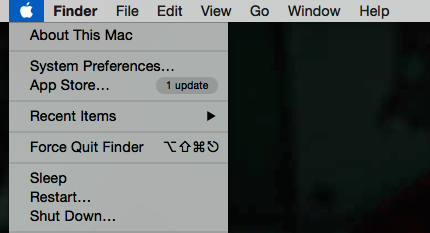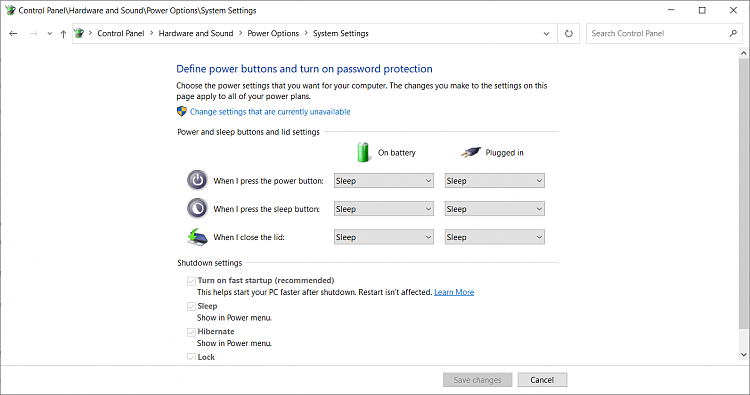

- Sleep vs hibernate for laptop computers install#
- Sleep vs hibernate for laptop computers full#
- Sleep vs hibernate for laptop computers Pc#
- Sleep vs hibernate for laptop computers windows#
Select Choose what the power button does, and then select Change settings that are currently unavailable.For Windows 7, click the Start button , click Control Panel, click System and Security, and then click Power Options.
Sleep vs hibernate for laptop computers windows#
For Windows 8.1 / Windows RT 8.1, swipe in from the edge of the screen, tap Search (or if you're using a mouse, point to the upper-right corner of the screen, move the mouse pointer down, and then click Search), enter Power options in the search box, and then tap or click Power options.For Windows 10, select Start , then select Settings > System > Power & sleep > Additional power settings.
Sleep vs hibernate for laptop computers install#
Run the Enable Hibernate application from Software Center:Ĭlick the following link to install the Enable Hibernation App on UWM computers: Install Applications, Printers, and Updates using Software Center on Windows 10 To hibernate your PC:
Sleep vs hibernate for laptop computers Pc#
First check to see if this option is available on your PC and if it is, turn it on. Use hibernation when you know that you won't use your laptop or tablet for an extended period and won't have an opportunity to charge the battery during that time. Hibernate uses less power than sleep and when you start up the PC again, you're back to where you left off (though not as fast as sleep). It is not available for Desktop computers. This ensures faster device waking and peace of mind.This option was designed for laptops and tablets. An alternative would be to put your device into hibernate mode when leaving work or stepping away from your computer for prolonged periods. Shutting down your computer is always the most recommended option for security and energy efficiency if you plan to leave your computer for a day or more. Some always shut down their computers and never take advantage of the convenience of the sleep and hibernate modes, while others run their computers 24/7. People use their computing devices differently. It has high security since your device cannot wake from hibernating without physical user interaction. This state is the best of both worlds from a security point of view. if you want to take your laptop somewhere and you don’t want to waste valuable battery power, you’ll want to hibernate it instead of putting it to sleep. Hibernate is particularly useful to save battery power on computers such as laptops that aren’t plugged in.

Sleep vs hibernate for laptop computers full#
Start-up is faster than after a full shut down and power use is much lower than sleep mode. Most devices will wake on activity, which could be from moving the mouse, software updates or network activity and this could allow access to the device without your knowledge.Ī hibernating computer saves its memory to hard drive, effectively dumping the contents of the memory to a file. This, however is the least secure state from a security point of view. In sleep mode the computer is, however vulnerable to malware attacks. Everything will be right where you left of, including running apps and open documents. While a shut down computer is also not vulnerable to any security breaches it is most secure in this state as your device cannot be access by any remote users or other external access.Ī sleeping computer uses just enough power to keep its memory active and comes back to life almost instantly when you choose to use it, making it good for when you’re not using the computer in the short term. Depending on your system, this can take anything from a few seconds to several minutes. Here are some differences between sleep, hibernate and shut down that will help you decide what’s right for your computer.Ī computer that is shut down uses virtually no power of course, but you have to go through the full start-up when you want to use it again. Laptops in particular require you to be power conscious about your habits-especially when running on the battery. Some people leave their computers running 24/7, while others shut down their computers the moment they step away. Computers can sleep, hibernate or shut down.


 0 kommentar(er)
0 kommentar(er)
